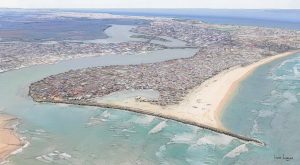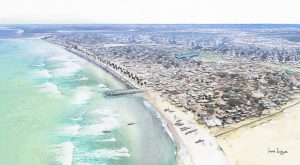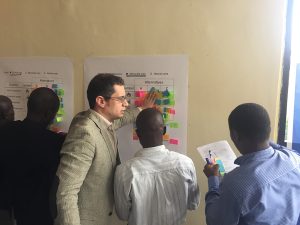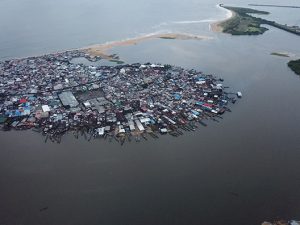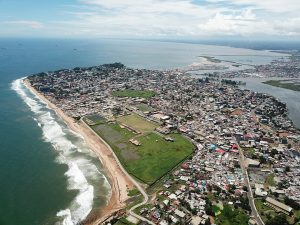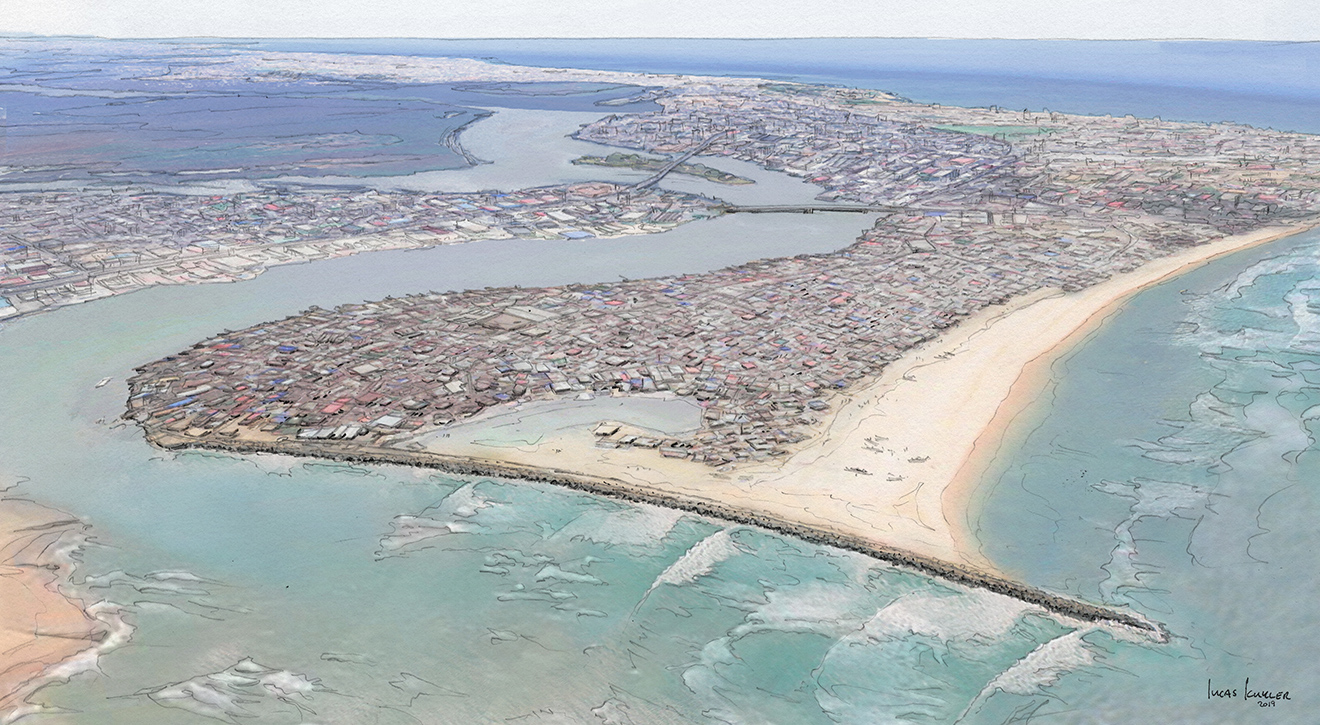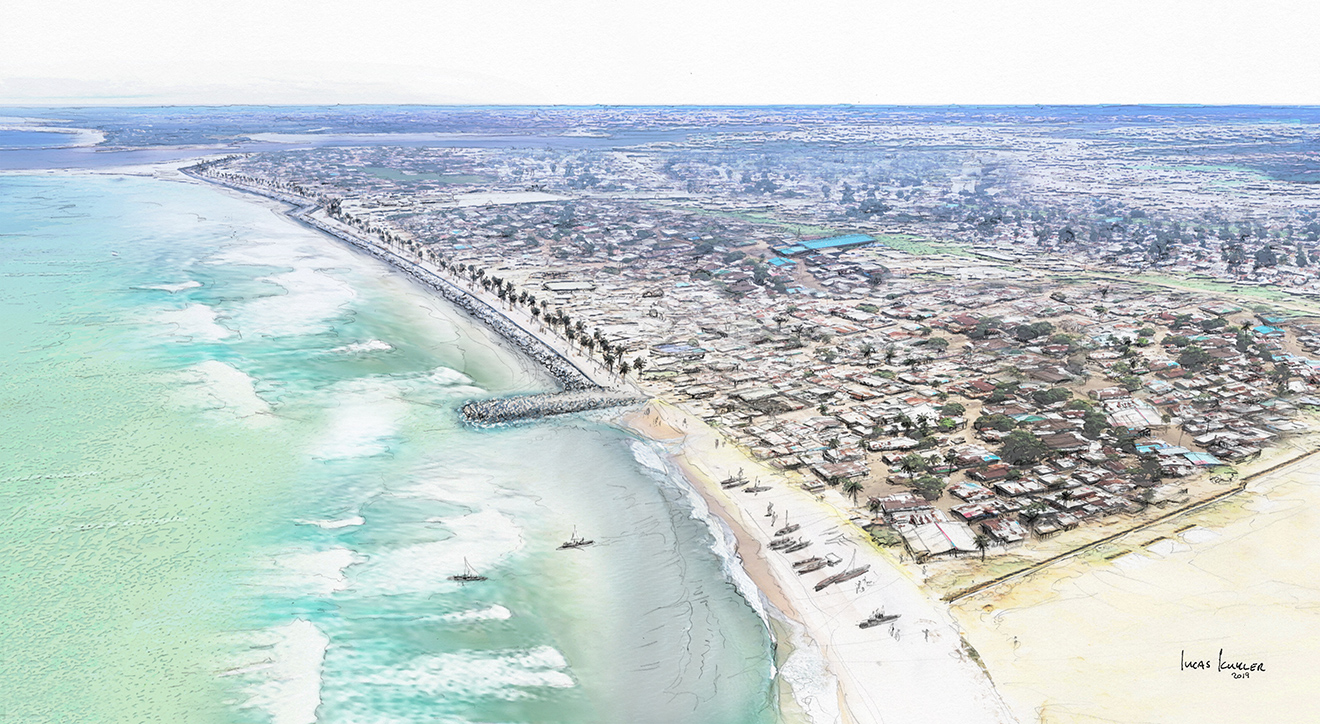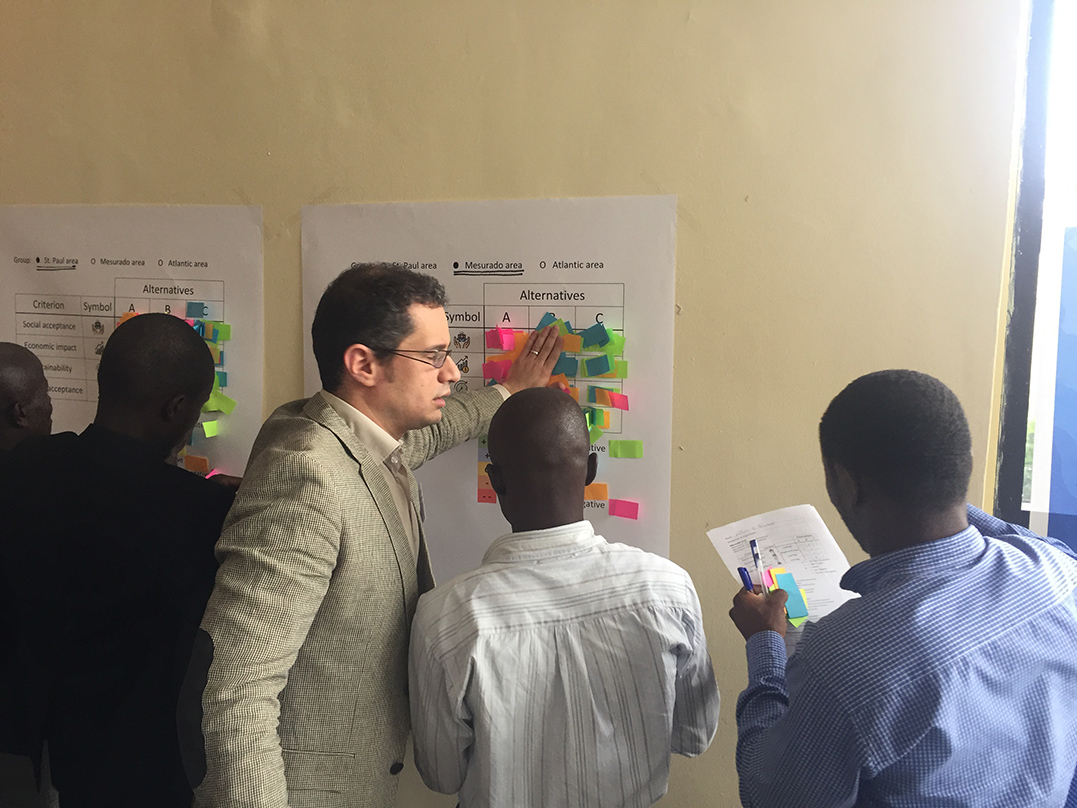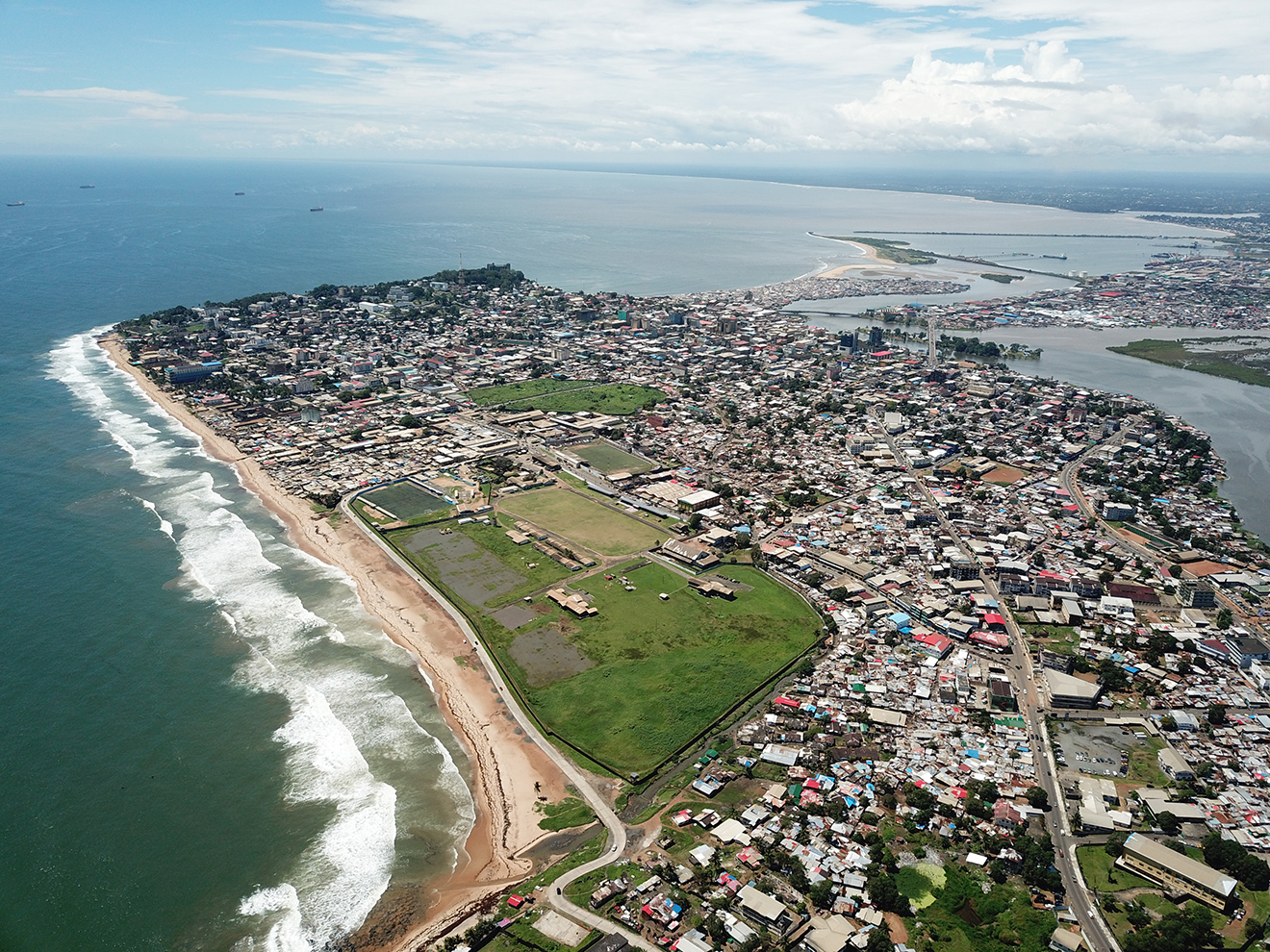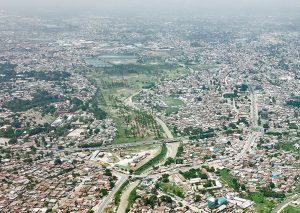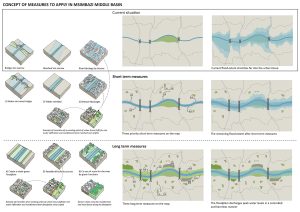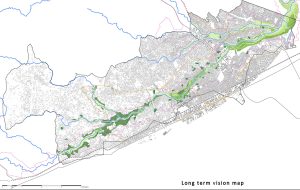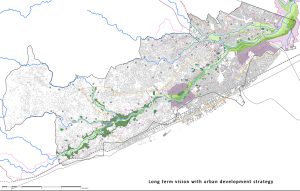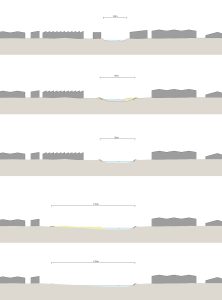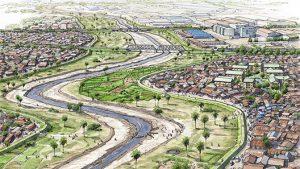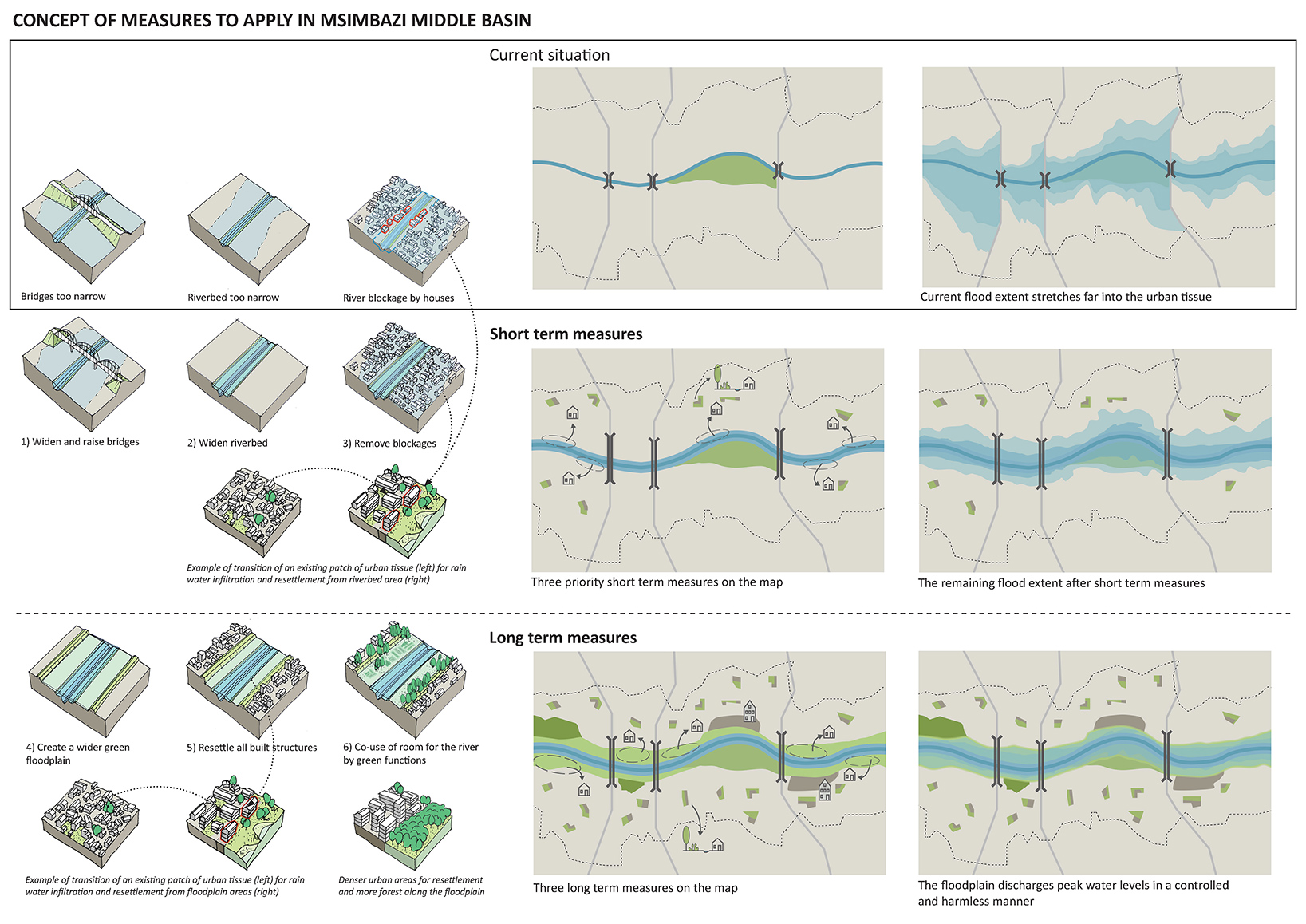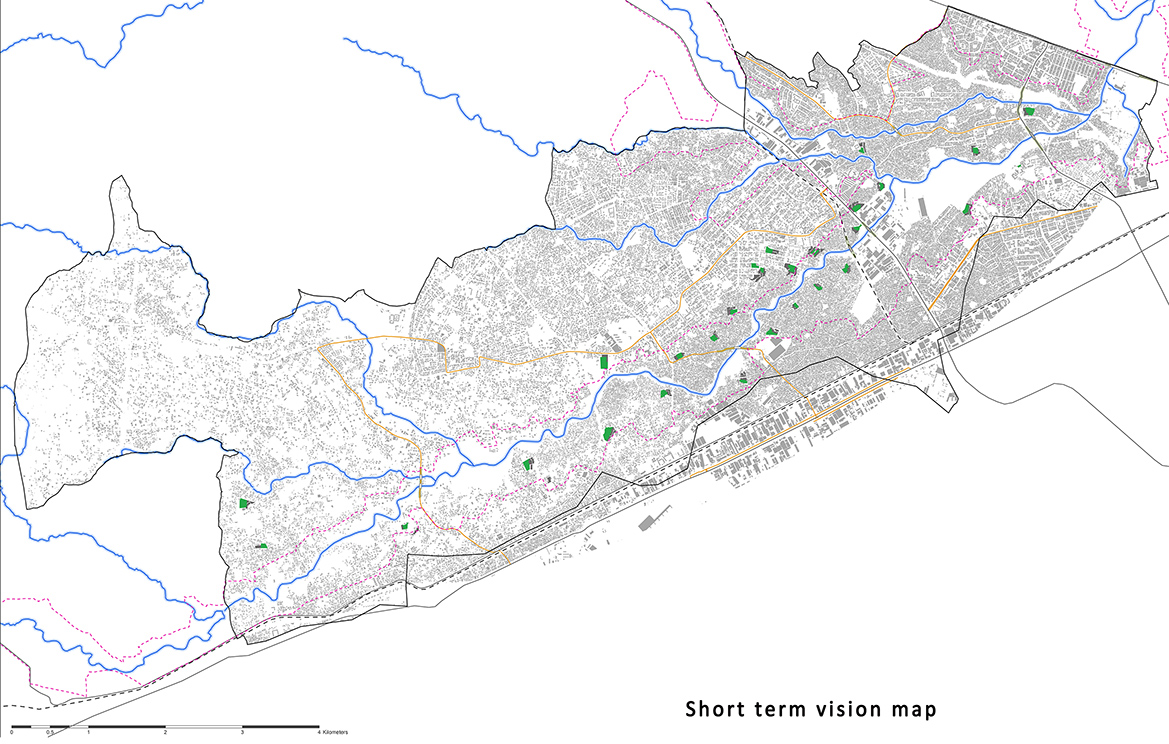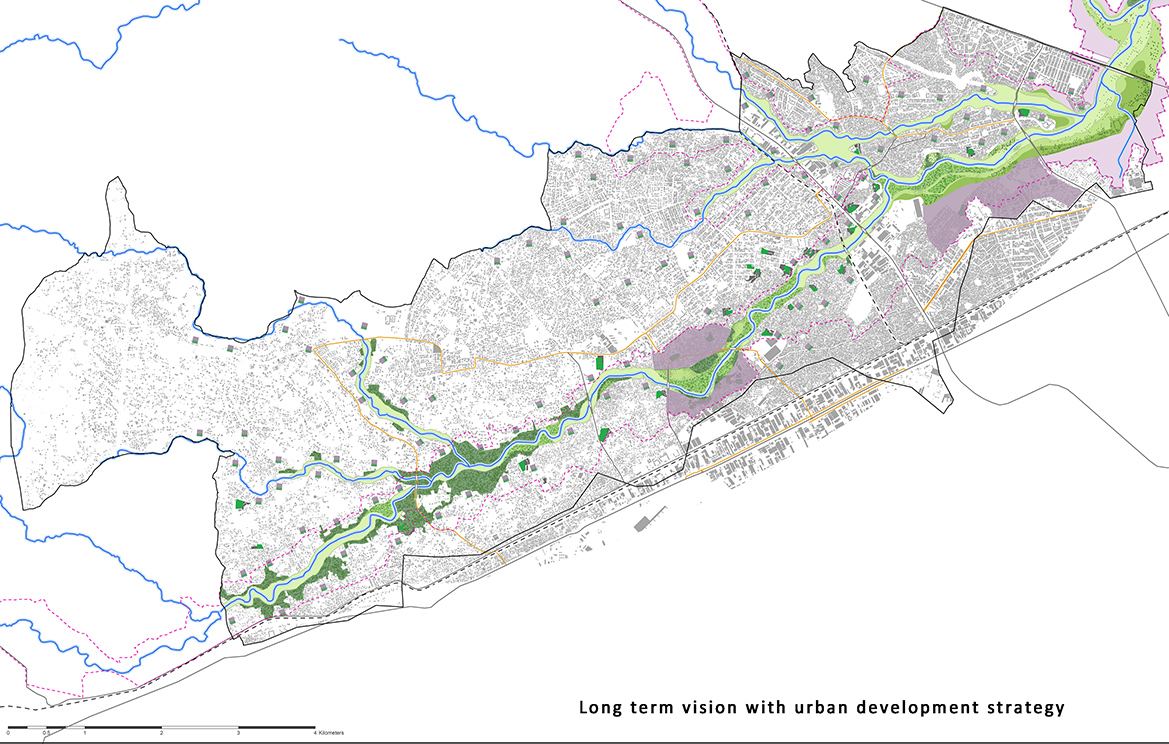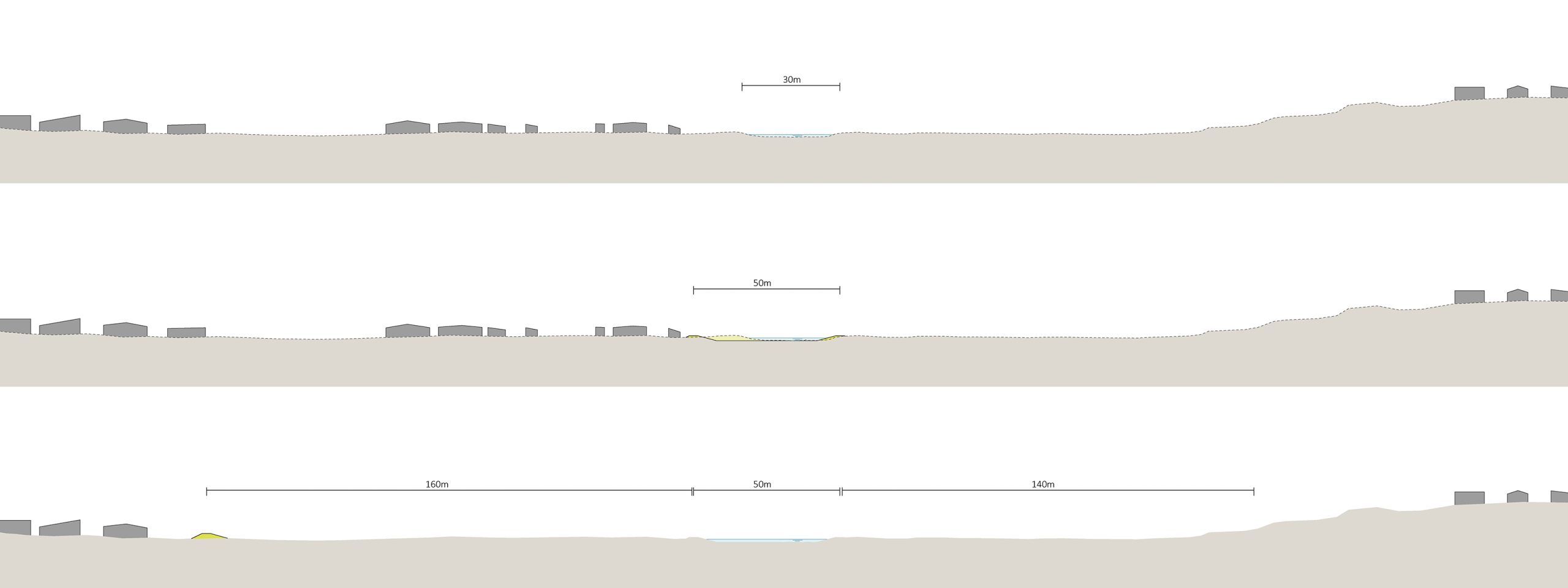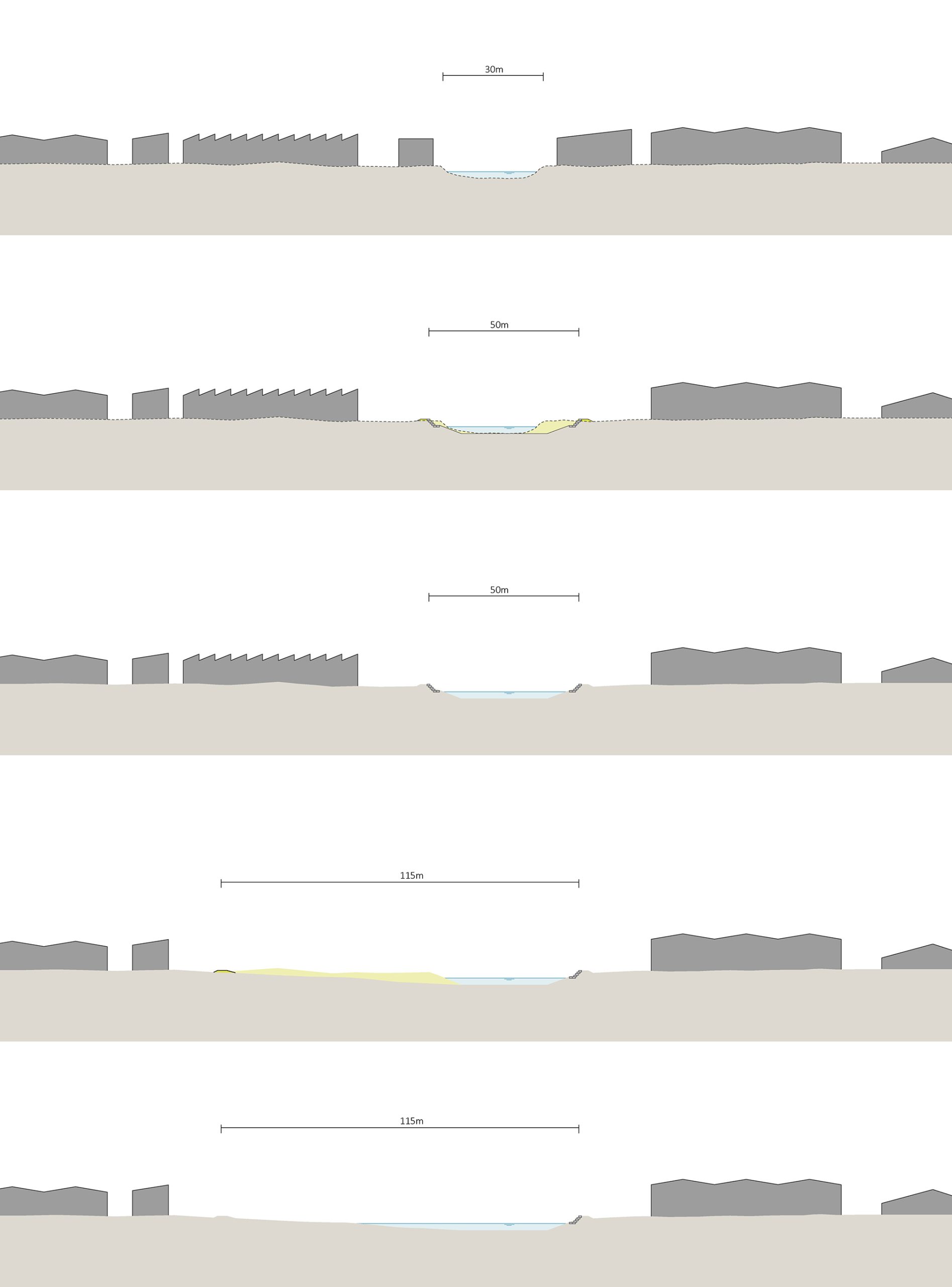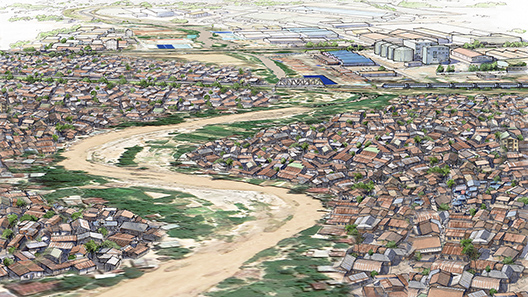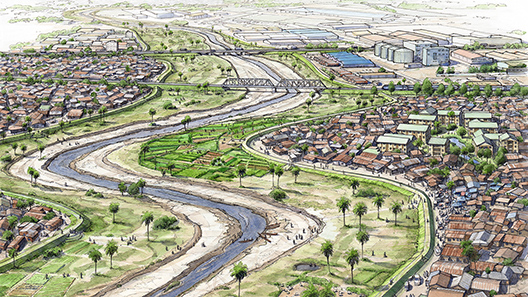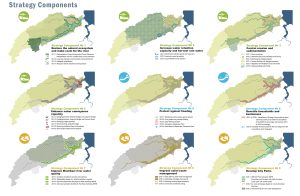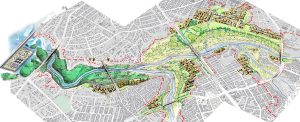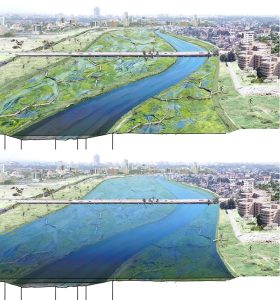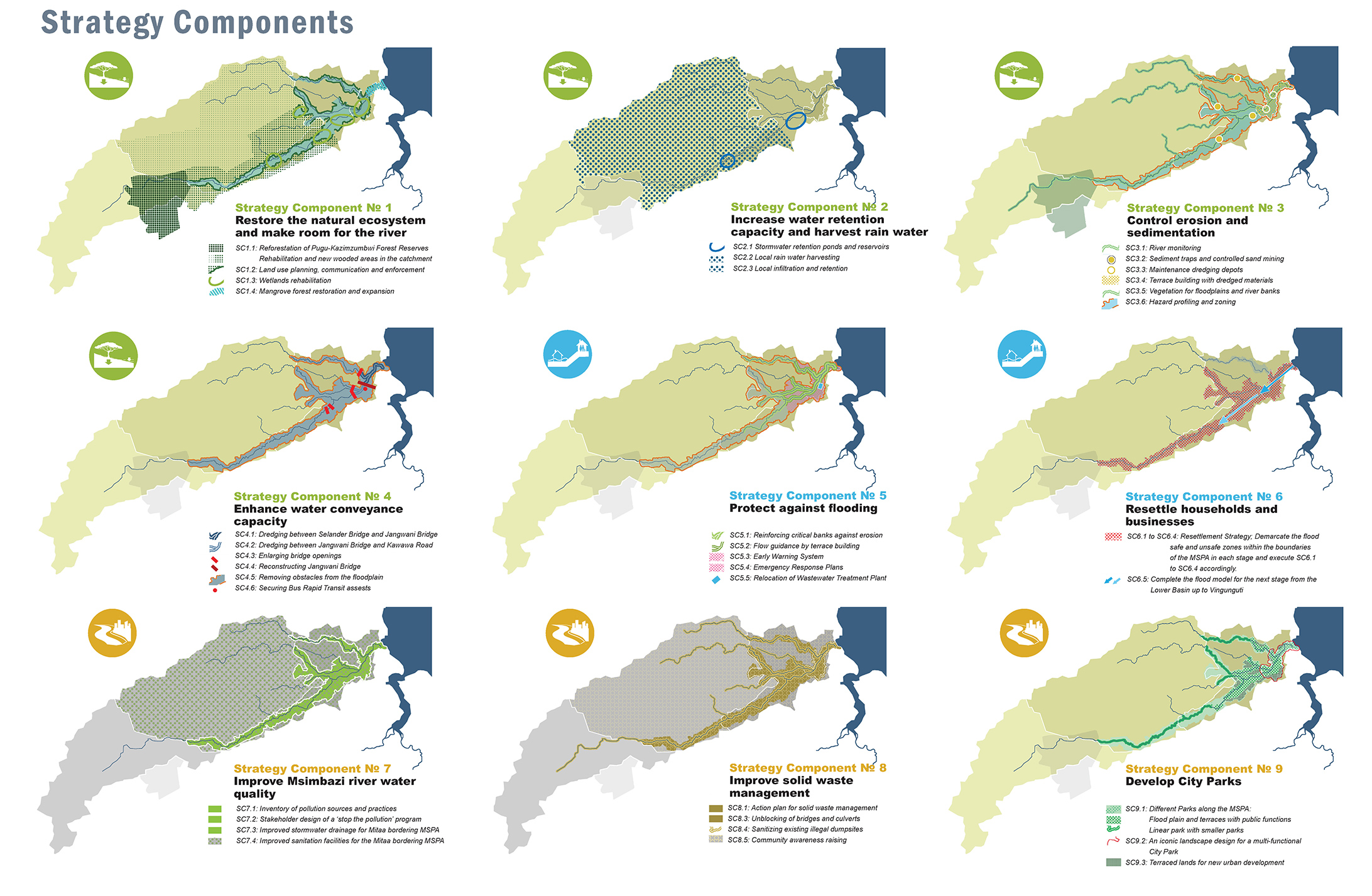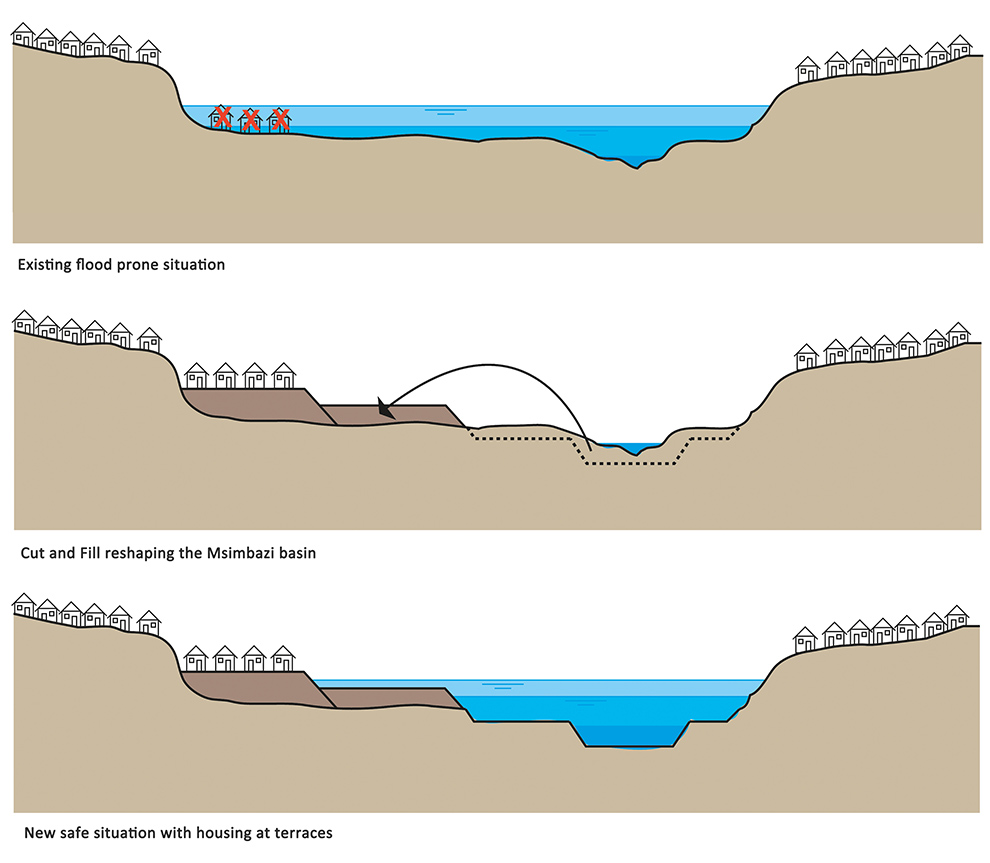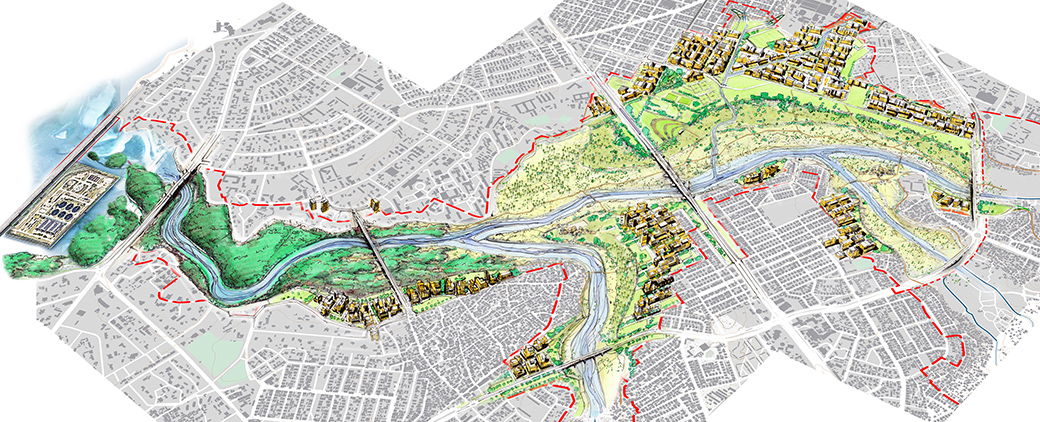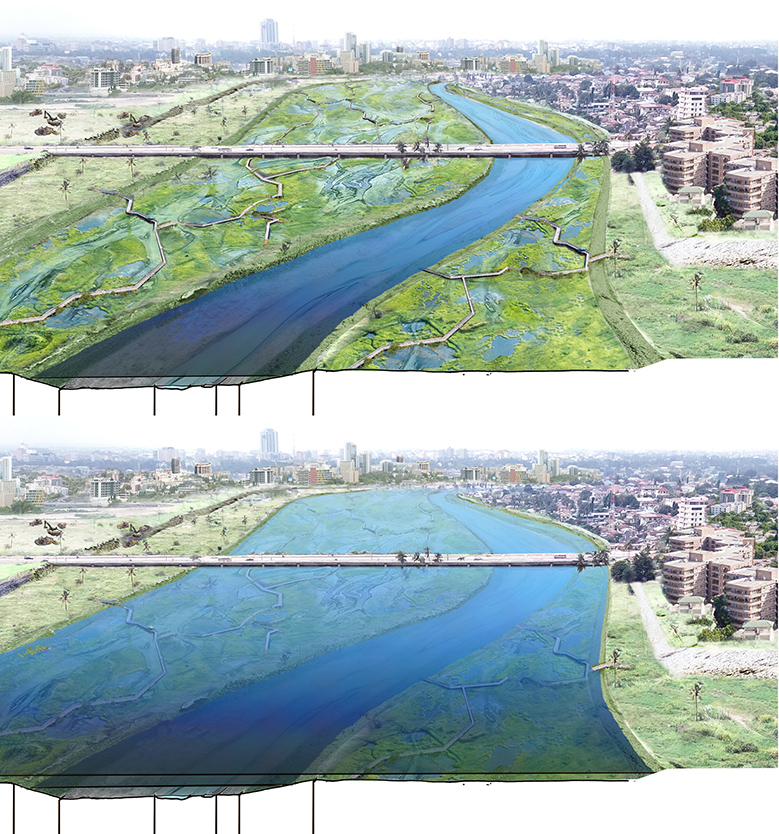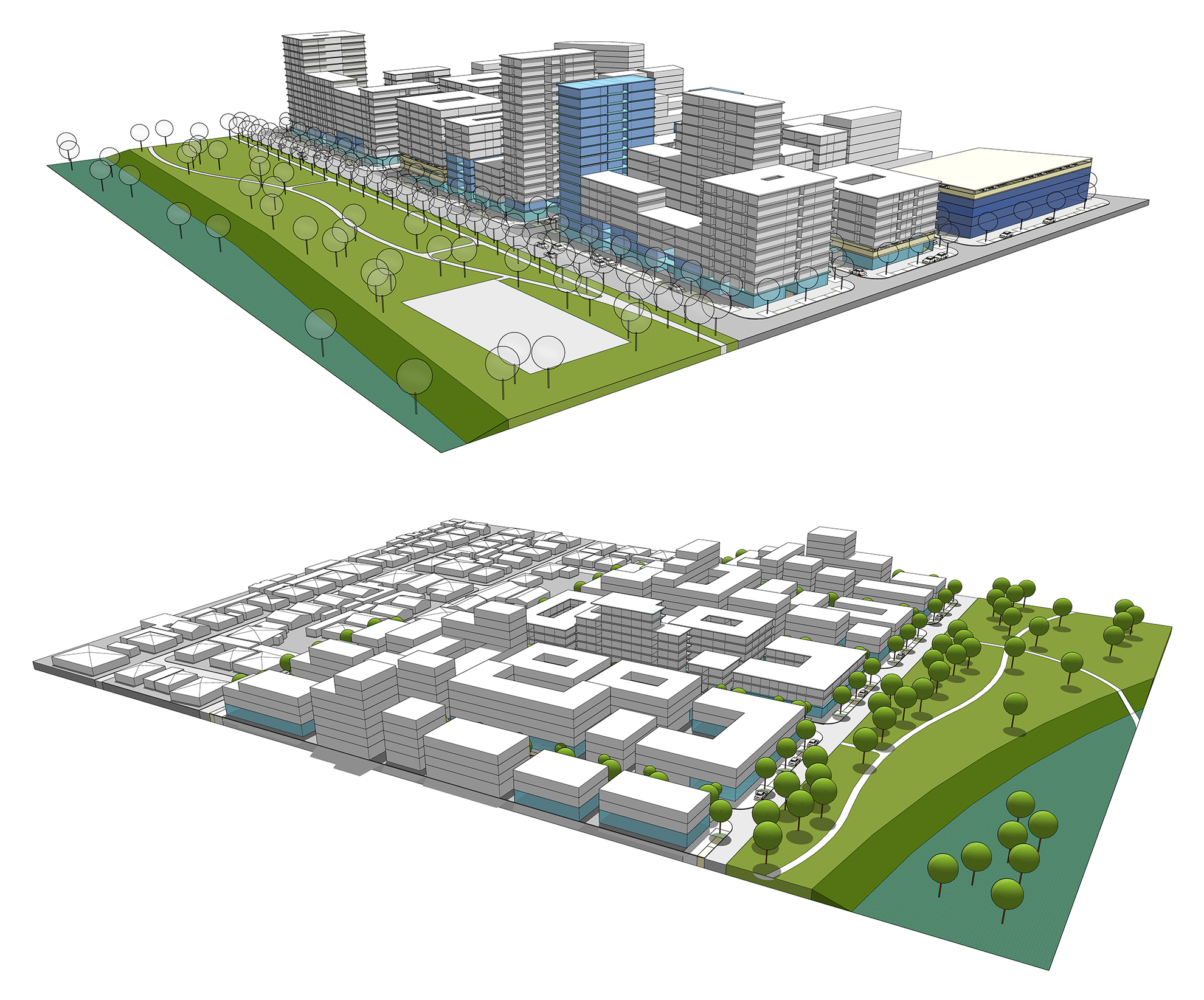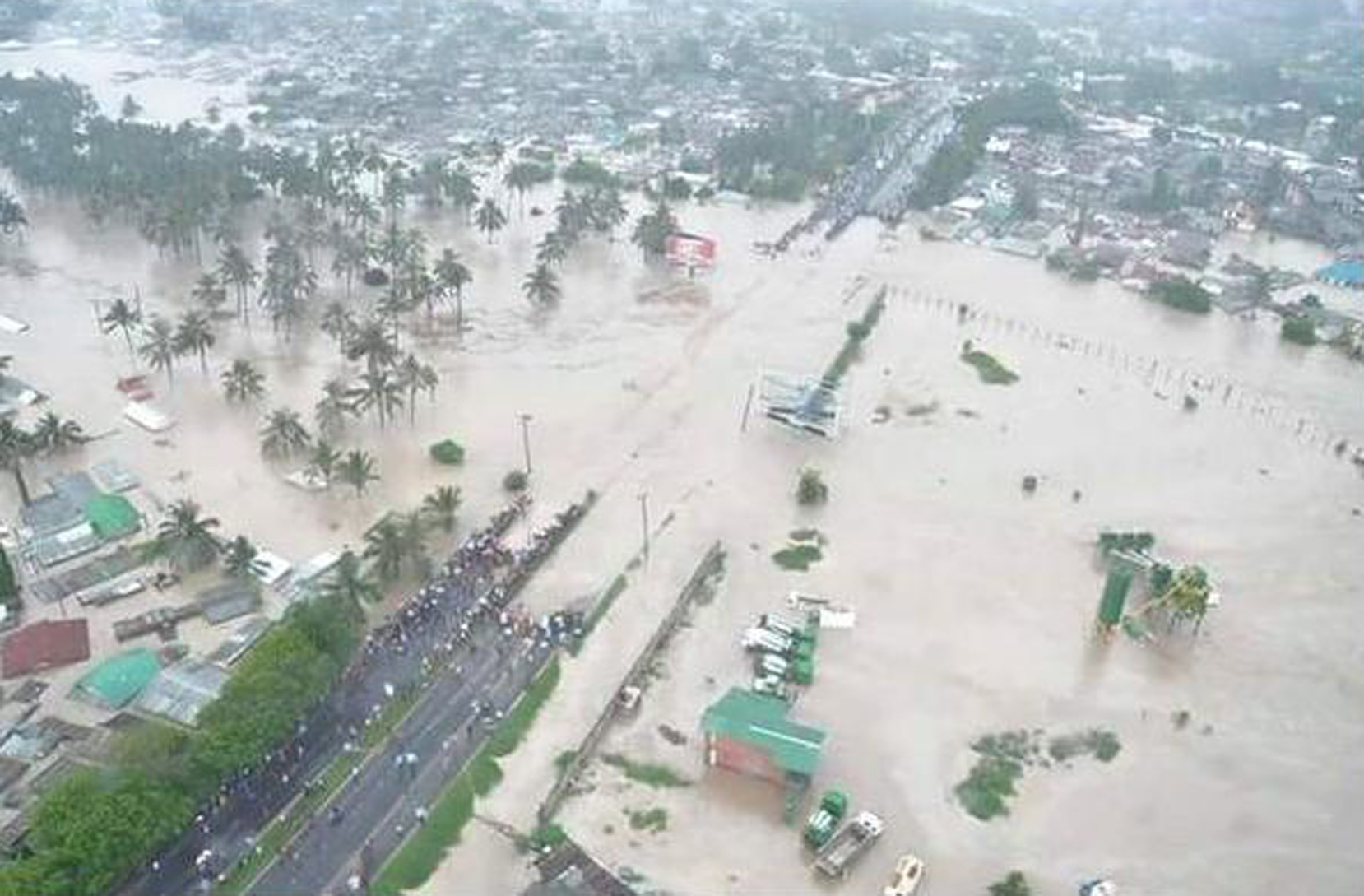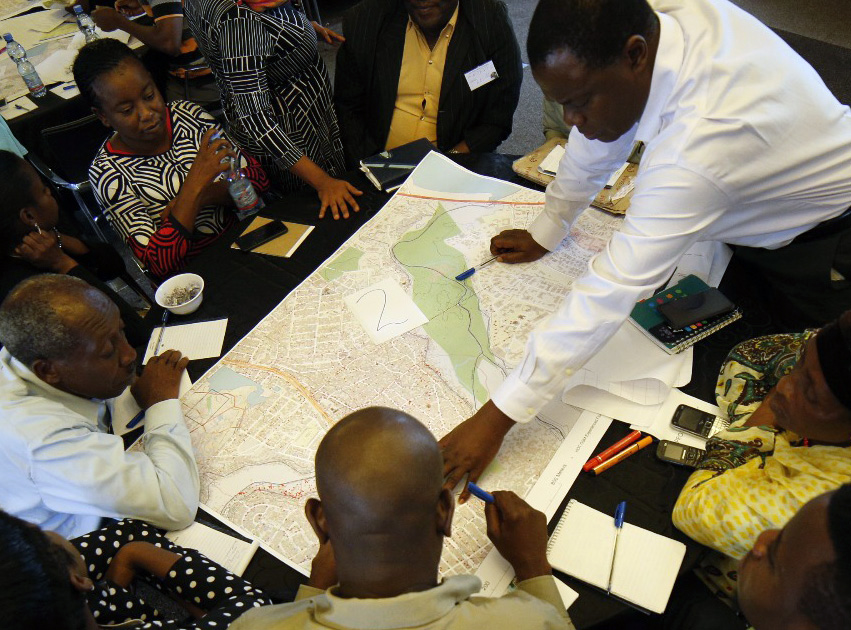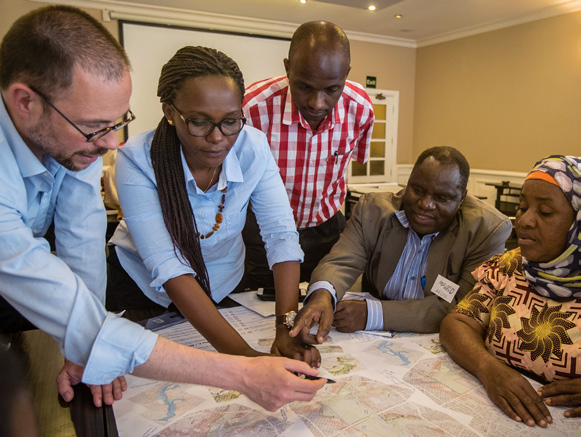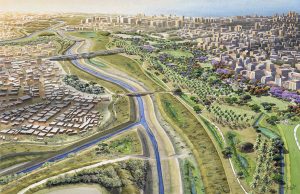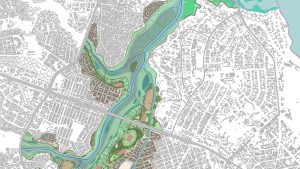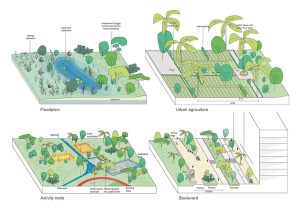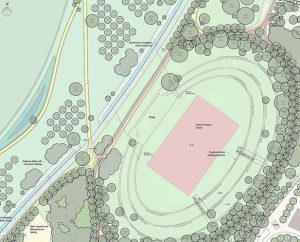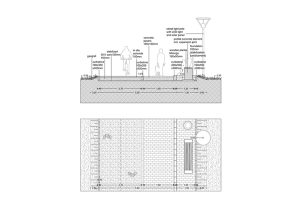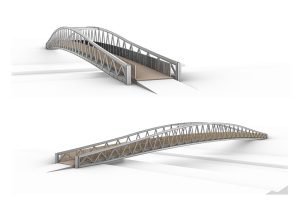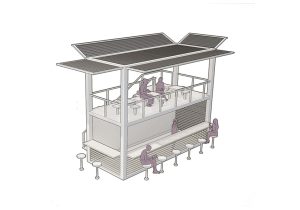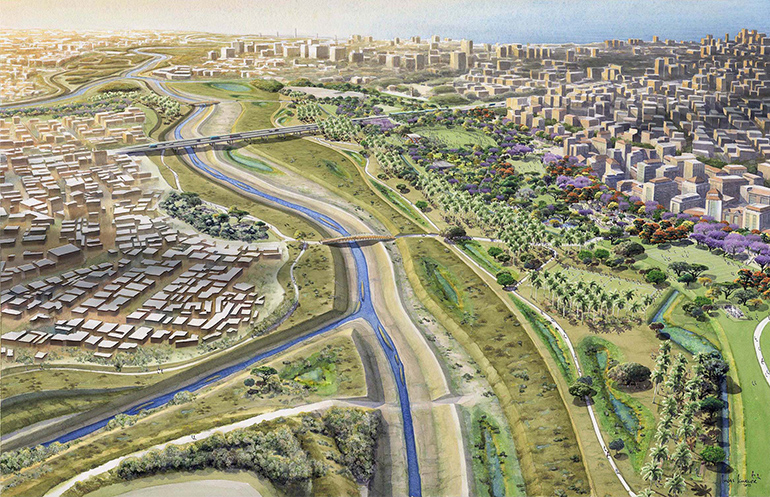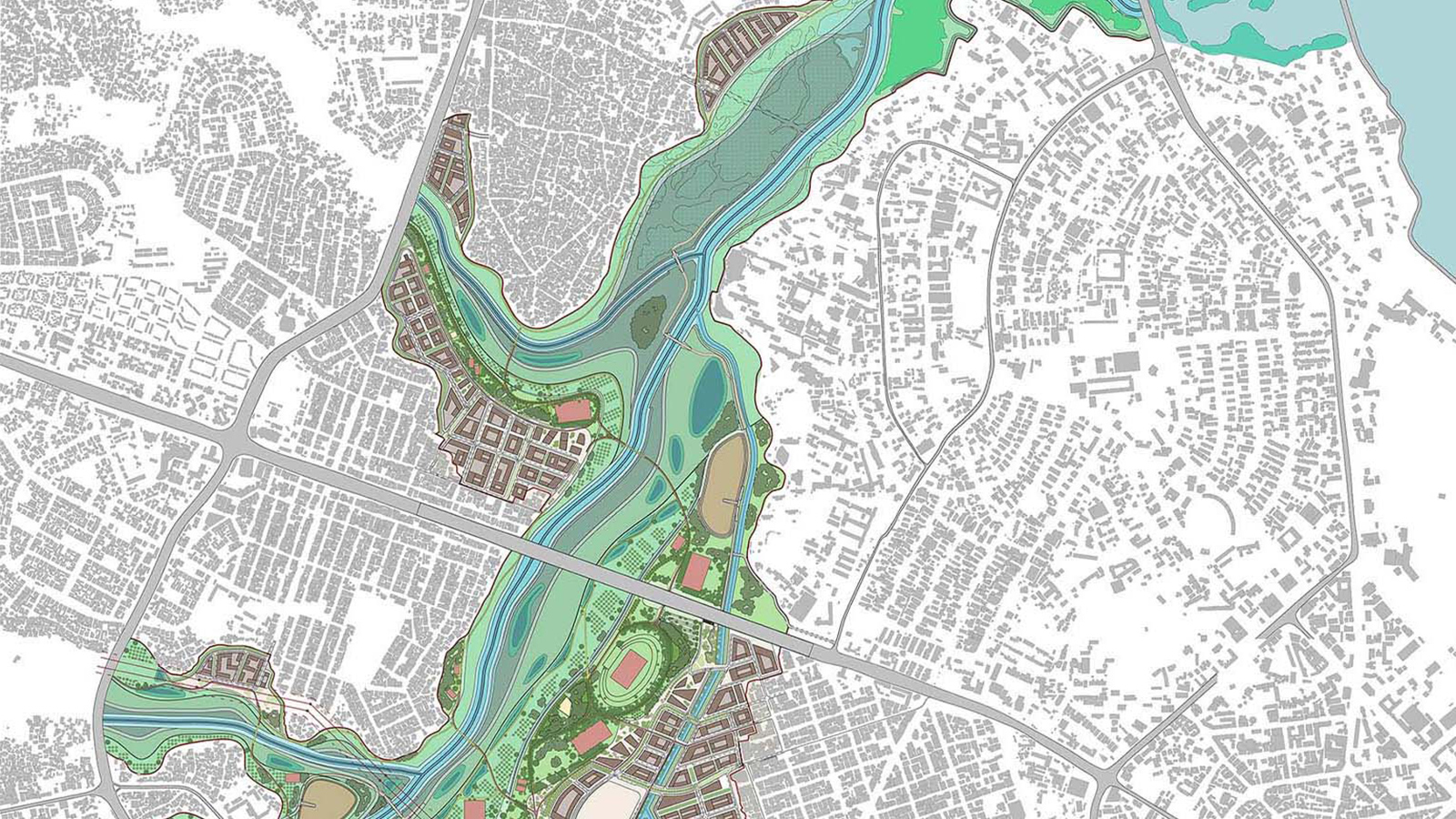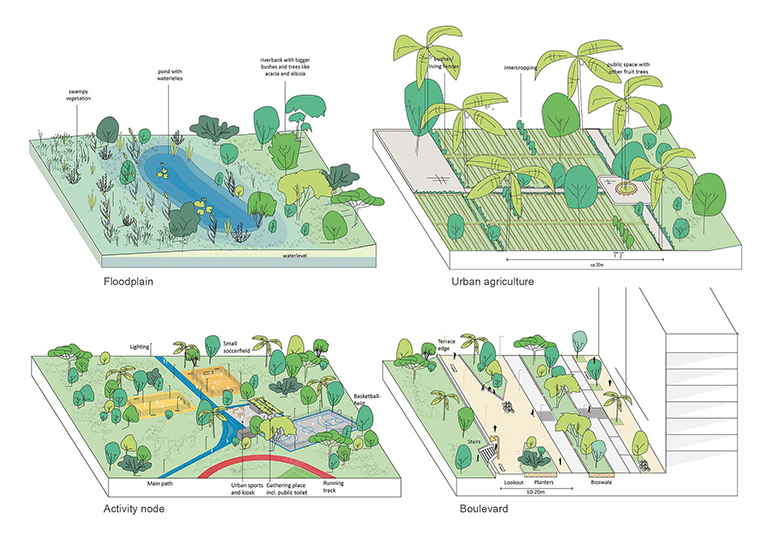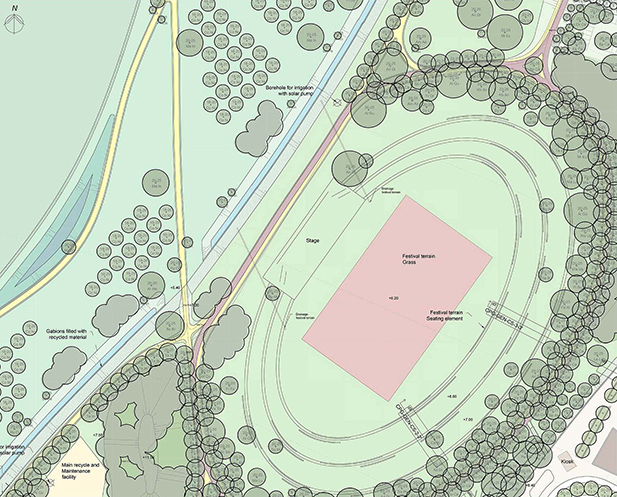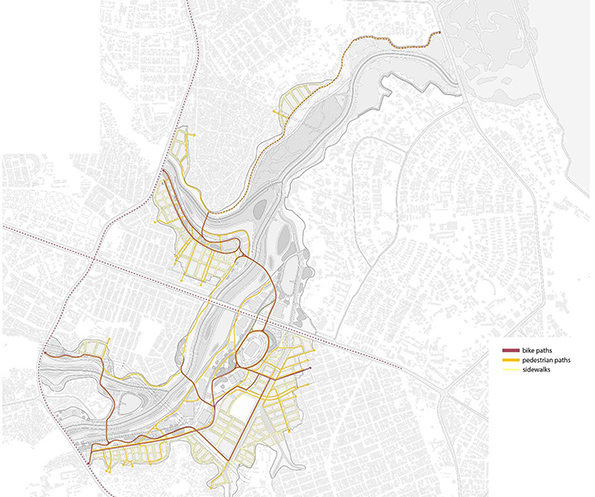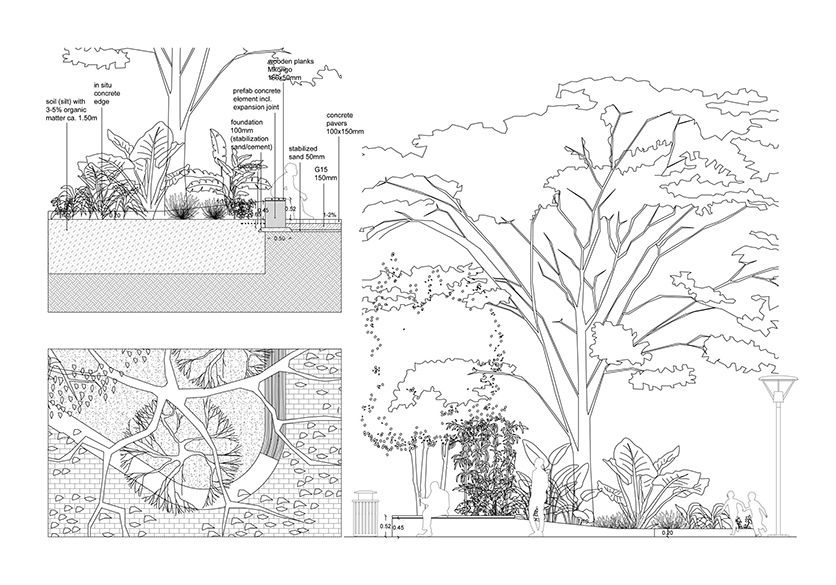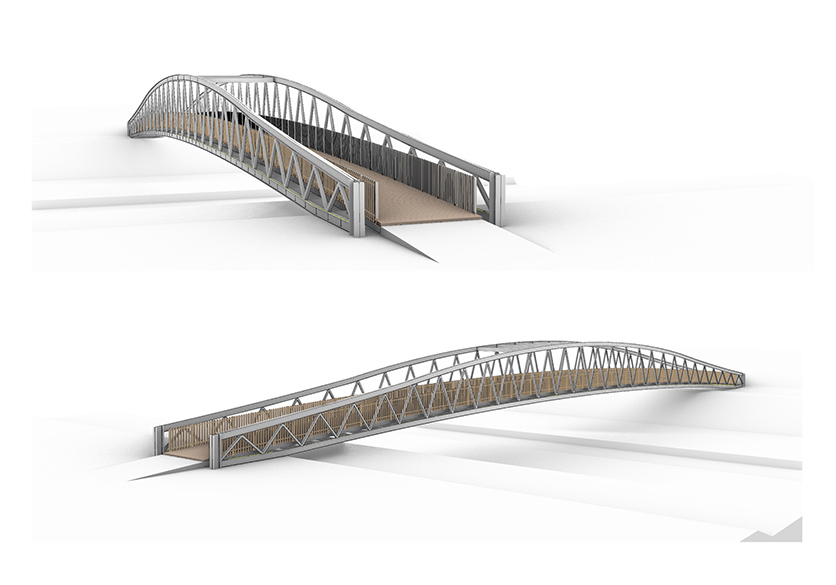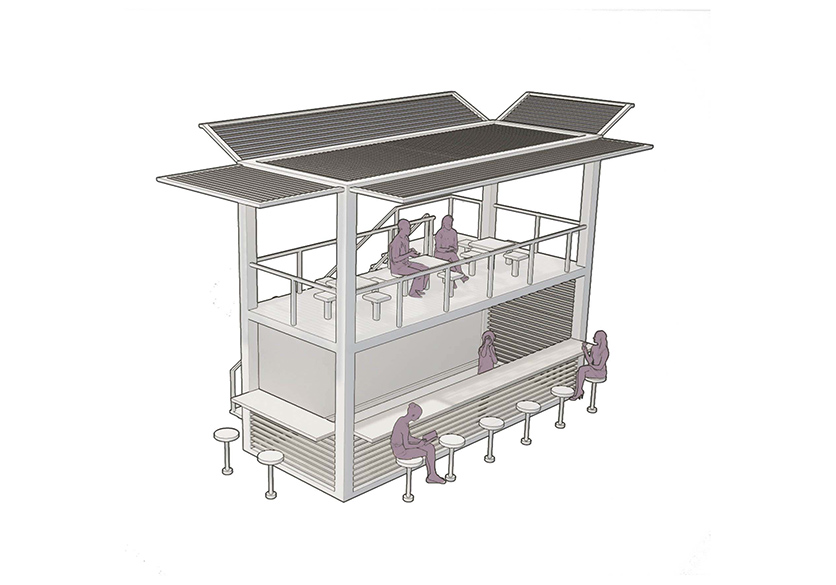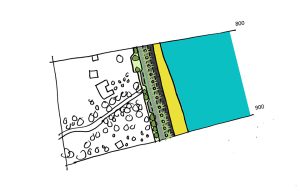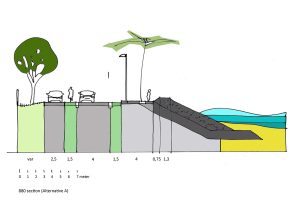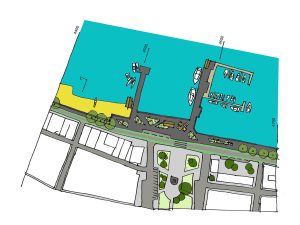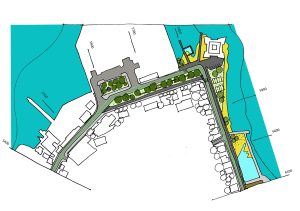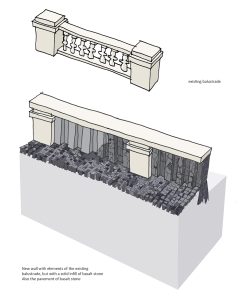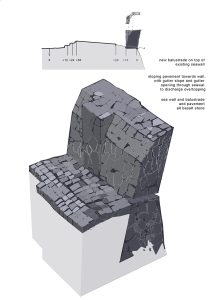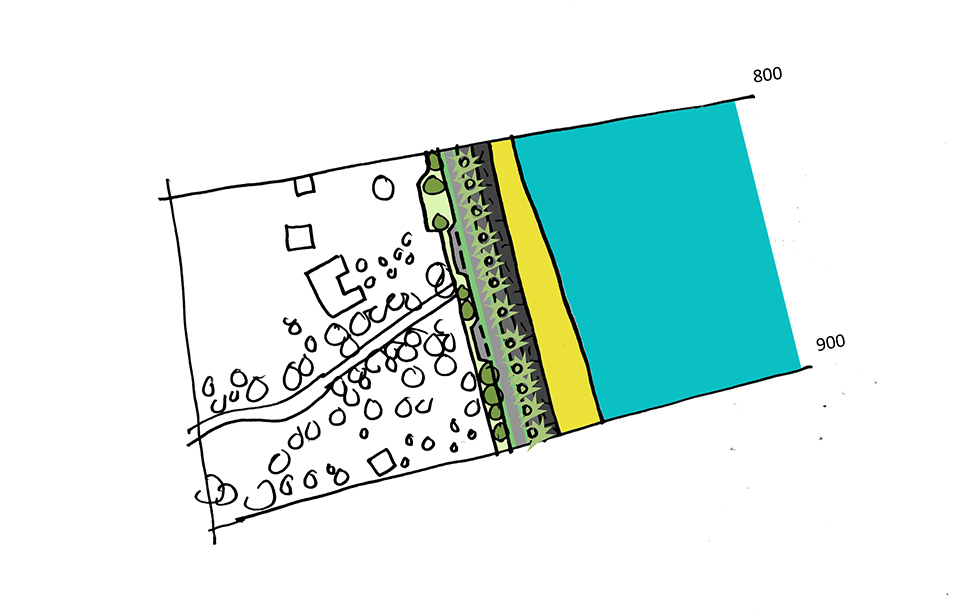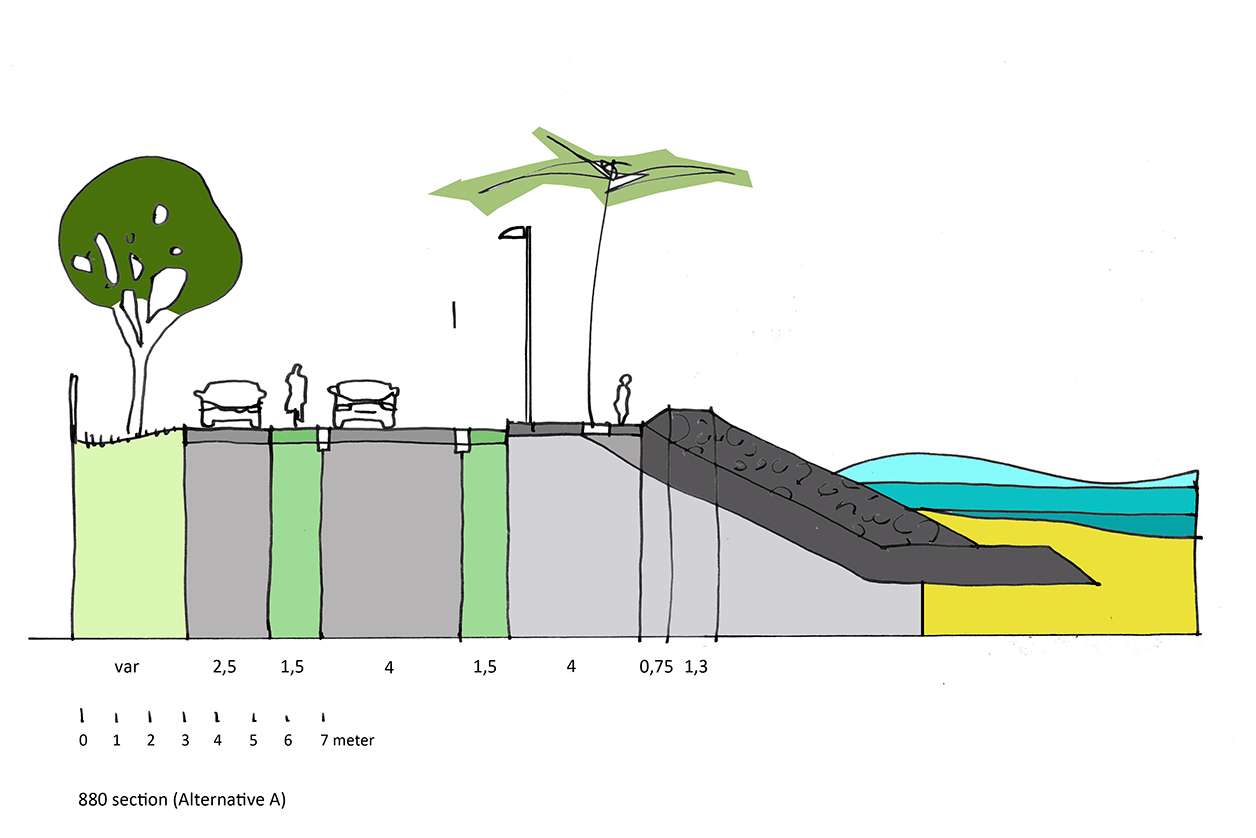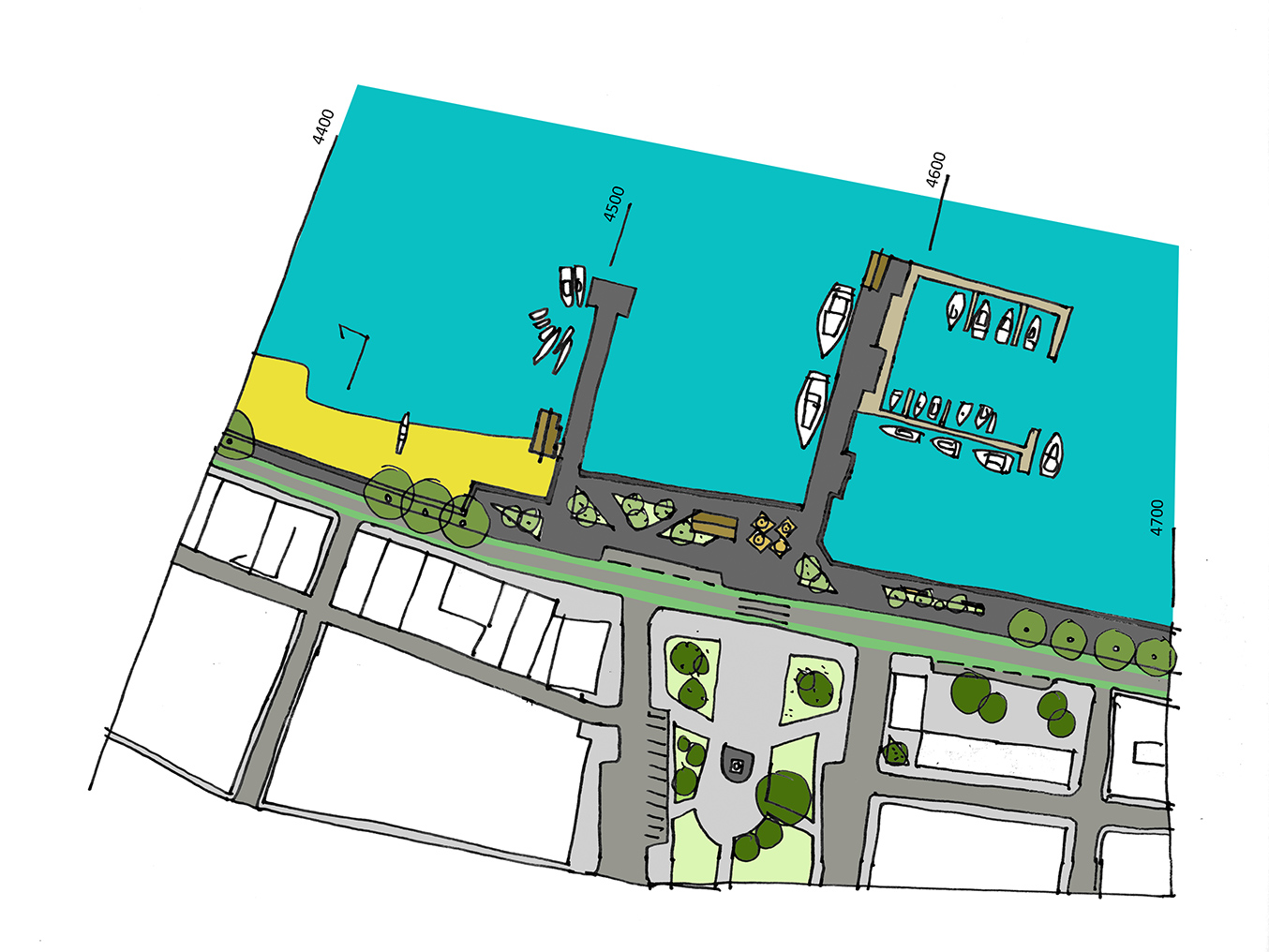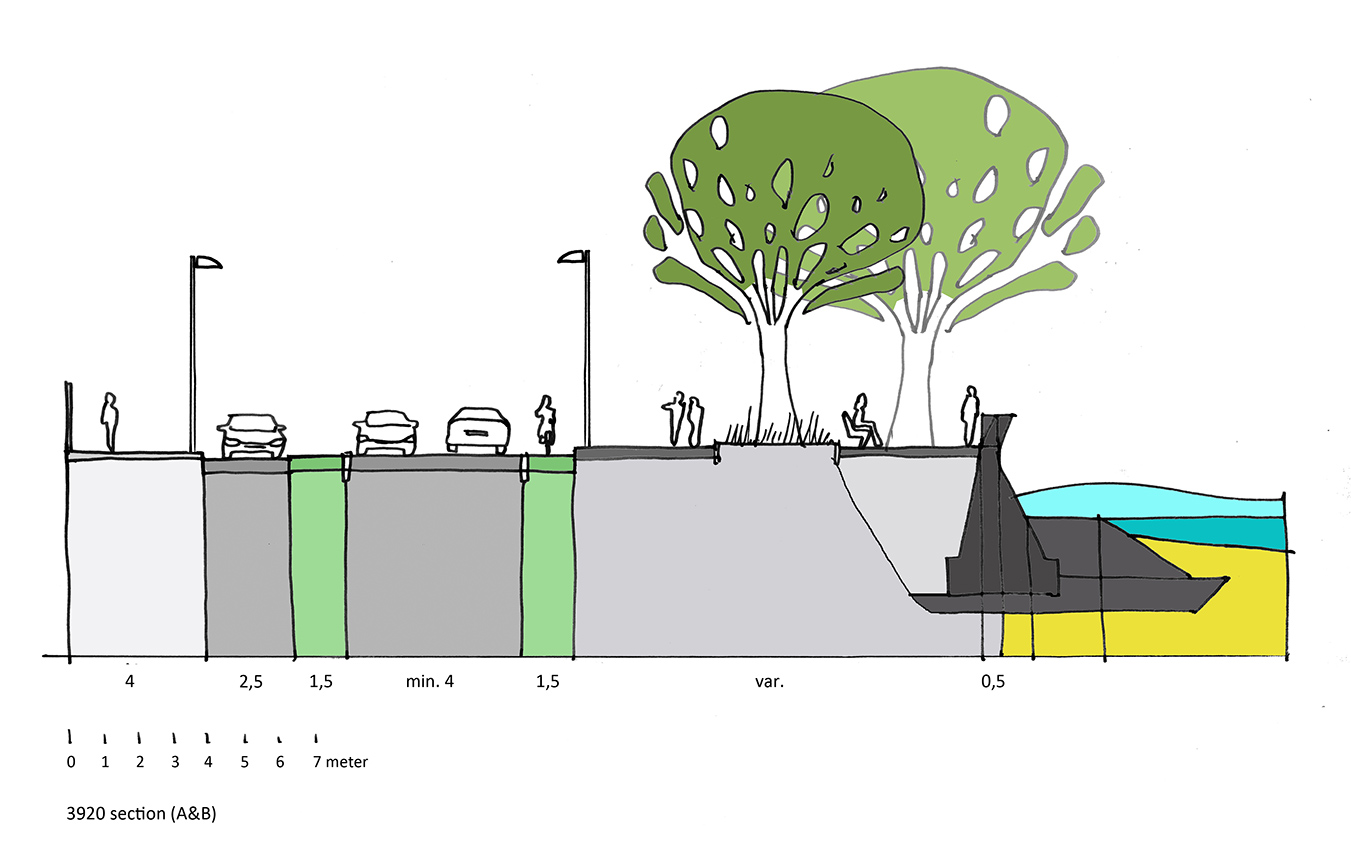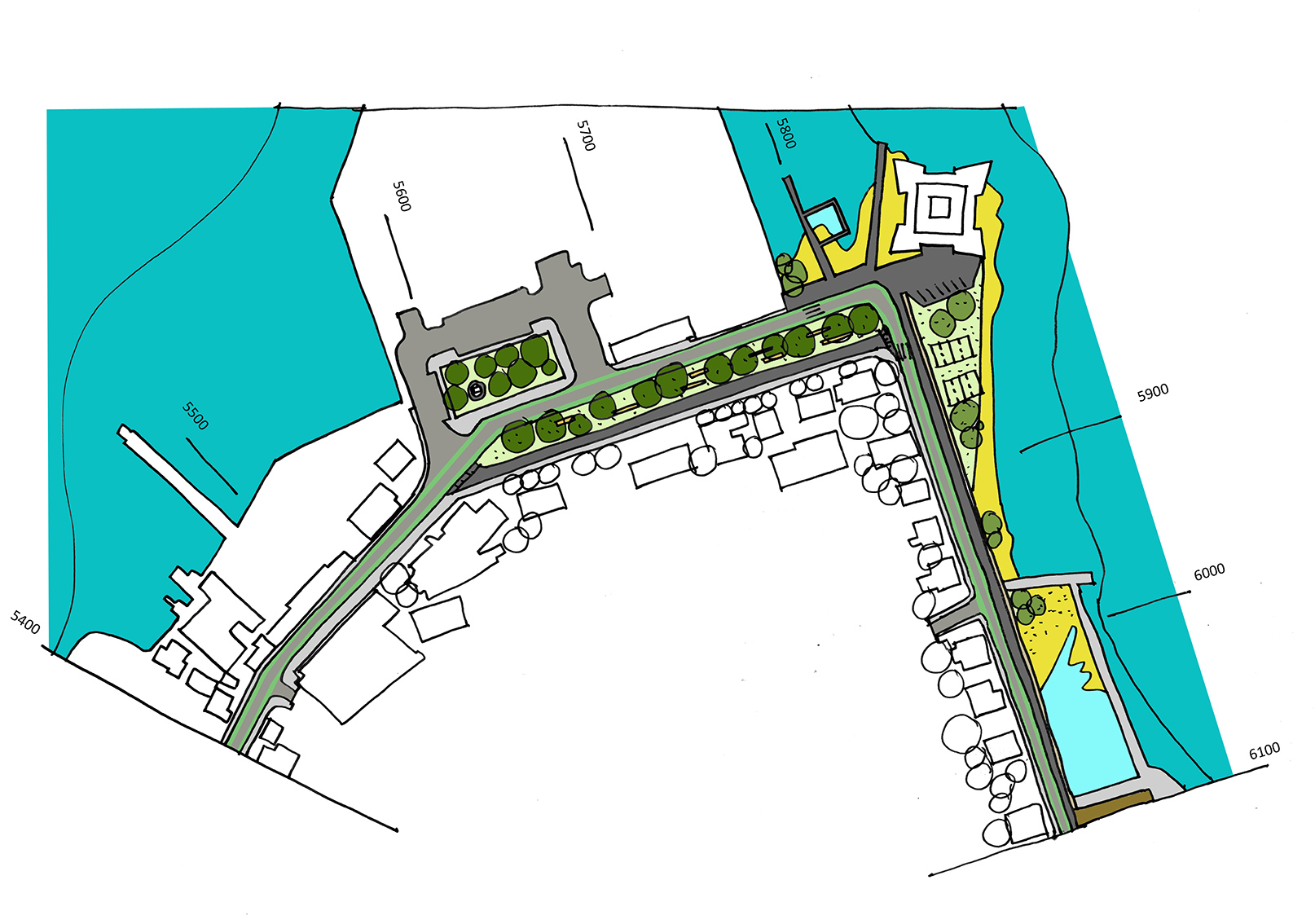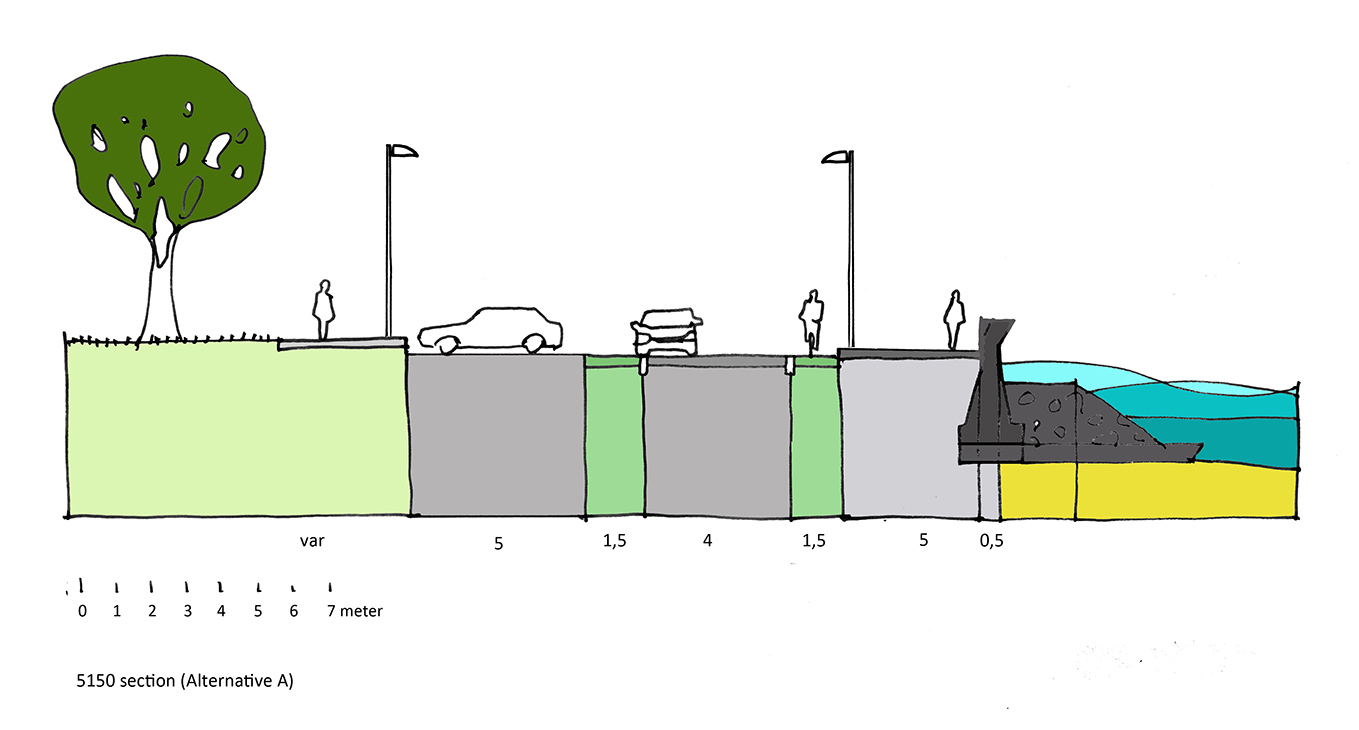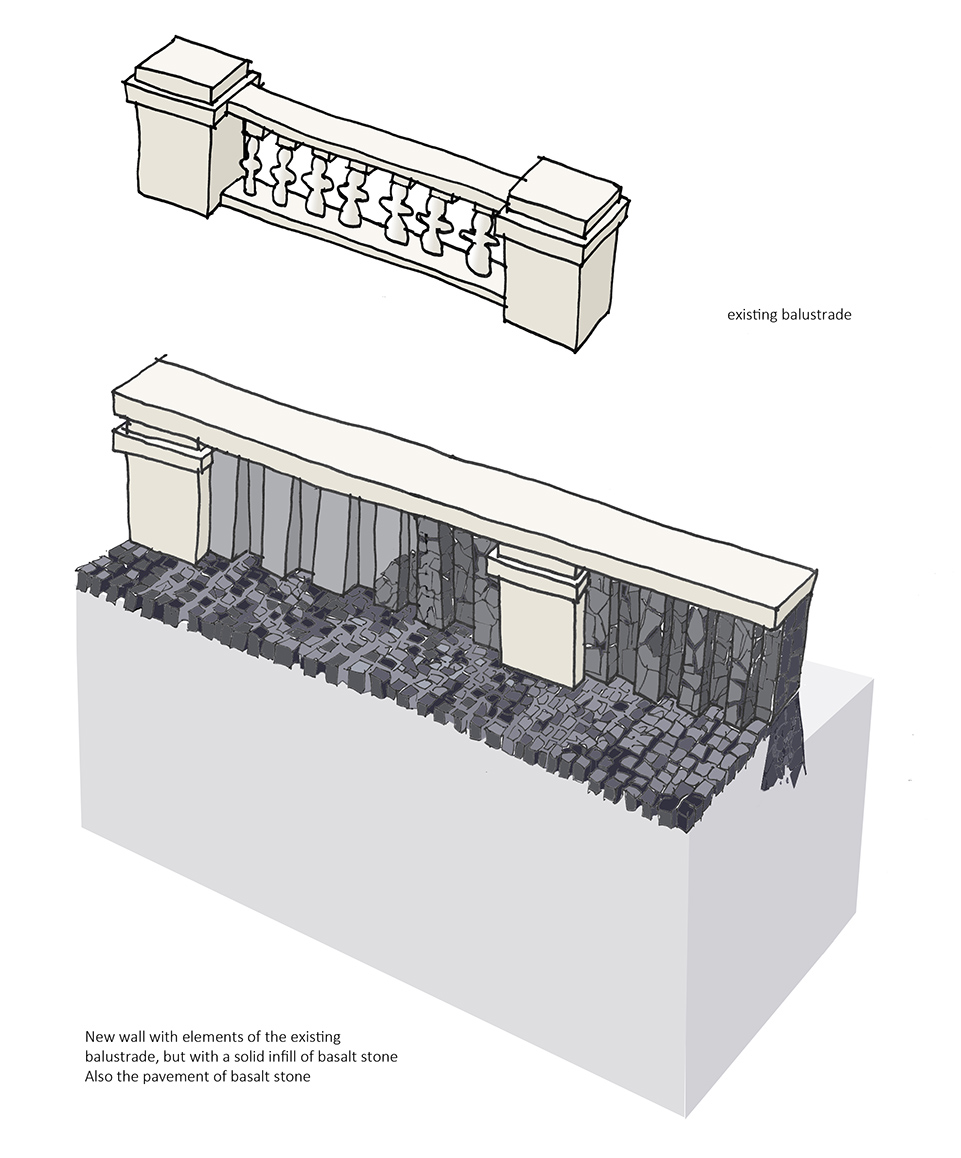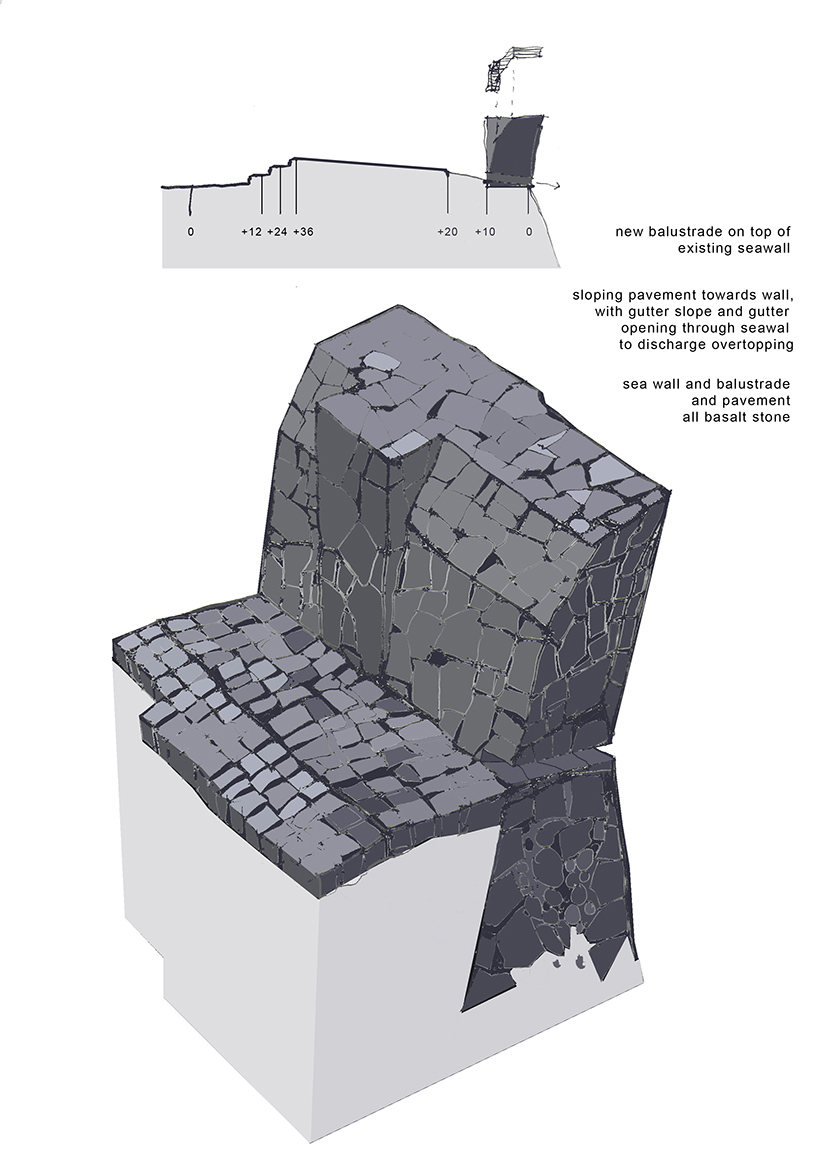Coastal Vulnerability & Protection for Monrovia Metropolitan Area
Coastal Vulnerability & Protection for Monrovia Metropolitan Area
Location: Monrovia, Liberia
Project type: Vulnerability analysis, Feasibility study and Environmental and Social Impact Assessment
Year: 2018-2019
Client: UNDP
Consortium partners: CDR international, IHE Delft, Earthtime Liberia, Dryfeet, Shore Monitoring & Research
Coastal communities and infrastructure in Monrovia are vulnerable to climate change induced coastal hazards. Up to 2018 over 670 households are reported to have been displaced due to coastal retreat, which is the main coastal hazard causing impact. This project encompassed a detailed Vulnerability Analysis, Feasibility Study and ESAR for Climate Resilient Strategies, including adaptive and protective measures for the coast Monrovia.
In the first phase, detailed numerical modelling of ocean conditions and coastal erosion for different climate change scenarios was done. Based on this, the most vulnerable communities were located, namely at Westpoint and New Kru town.
Together with the local stakeholders a Multi Criteria Workshop was done to evaluate several alternative coastal protection schemes. The results of the project has a twofold approach to addressing climate change, including:
- Adaptive measures: measures to help minimise the drivers as well as the impacts of climate change and prepare awareness and capacities for implementation of the protective measures.
These exploit opportunities to safeguard currently sustainable livelihoods that are low consumers of carbon energy, and which consequently promise to give Liberia “green” living approaches for both the current and future generations. The project focuses on the inshore artisanal fishery of Monrovia, which contributes significantly to the city’s food security with very low carbon emissions.
- Protective Measures: measures to help mitigate the impacts of climate change. These are mostly engineered interventions such as the construction of revetments, groynes and beaches to protect against rising sea level and the damaging effects of waves from higher-energy storm events. Some aspects are preventative, such as the development of alternative sand sources to stop mining of the natural beaches, and the promotion of measures to improve infrastructure resilience.
The synergy between both type of measures is of importance. The adaptive measures are important conditions for the effectiveness and sustainability of the protective measures, but they also provide synergies within the strategy. The intention is that both types of measures must go hand in hand with each other.
